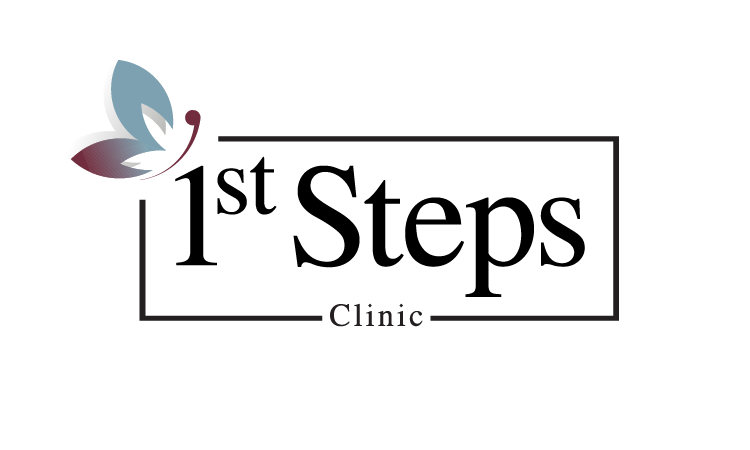
All medical procedures come with risk and should come with a proper evaluation. Abortion is no different. Only you can protect your health. If you are considering having an abortion, we recommend you be fully informed when making your decision. Here are a few consideratations:
Is Abortion Legal in Mississippi?
Currently, you are unable to legally obtain the abortion pill or have a surgical abortion from a provider within the state of Mississippi. However, exceptions can be made to save the life of the pregnant woman or in cases of rape. If you or someone you know obtains these services outside of Mississippi, they will not be arrested or go to jail if they have complications and need medical care within the state.
Confirm Your Pregnancy
The first step when you are considering an abortion is to confirm your pregnancy. Our clinic provides free medical-grade pregnancy testing and ultrasounds to determine how far along you are in your pregnancy and whether the pregnancy is developing properly inside the uterus. This is the most important information you need to know in deciding what abortion options are available to you and to safeguard your health.

Be Informed
Next, be informed about the different types of abortion and their associated risks.
WHAT IS SURGICAL ABORTION AND HOW DOES IT WORK?
A surgical abortion is performed at an abortion clinic, and you are sent home the same day. This procedure uses a suction device and a curette (a thin, loop-shaped knife to remove the embryo from the uterus through the vagina. However, if complications arise, you may need to go to the emergency room to receive treatment.
What is the Abortion Pill and How Does it Work?
The abortion pill (also known as medication abortion or at home abortion) actually consists of two pills: mifepristone and misoprostol.
Mifepristone is taken first, usually in a clinic. This medication cuts the supply of the hormone progesterone to the embryo, which is needed to maintain the pregnancy. The embryo stops growing without a steady supply of progesterone.
Misoprostol is taken 24-48 hours later at home. This medication makes the uterus cramp and expels the fetus, which ends the pregnancy.

Abortion Risks
Uterine Perforation. Uterine perforation occurs when one of the instruments used in surgical abortion accidentally pokes a hole in the uterus.[1]
Incomplete Abortion. The procedure may not successfully remove all of the fetal tissue. This can occur due to surgical abortion or the abortion pill. Emergency medical treatment may be required to prevent infection.[1]
Asherman Syndrome. Asherman Syndrome is a condition in which scar tissue forms inside the uterus. This can occur as a result of multiple surgical abortions, making it difficult to become pregnant in the future.[2]
Negative Impact on Future Pregnancies. Studies have shown a link between surgical abortion and an increased risk of premature birth and low birth weight in future pregnancies.[2]
Allergic Reaction. Although rare, it is possible to go into anaphylactic shock after taking vaginal misoprostol if you’re allergic to any ingredients in the medication[3].
Pelvic Inflammatory Disease (PID). Bacteria can enter the reproductive tract during a surgical abortion, causing pelvic inflammatory disease (PID).[4]
Get Tested for STIs
It’s crucial to get tested for STIs regularly, as many don’t have obvious symptoms. Additionally, STIs can increase your risk of developing a post-abortive infection.
1st Steps provides free STI education and STI referrals so you can protect your health!

All of the Facts. You Deserve It.
While there is a lot of abortion information available online, coming in to talk to our medical professionals ensures you are receiving the most accurate and up-to-date information regarding abortion options. Your consultation should cover procedures available, side effects, potential risks and give you the evidence-based medical information you need to make your decision.
Our compassionate team is ready to serve you. Get the facts you need and the care you deserve at 1st Steps! Give us a call at (662) 324-7011 or schedule your appointment online today!
1st Steps Clinic does not have abortion providers in our network and cannot speak to the level of care you would receive from them. So, we do not refer to abortion providers or perform abortion procedures.
